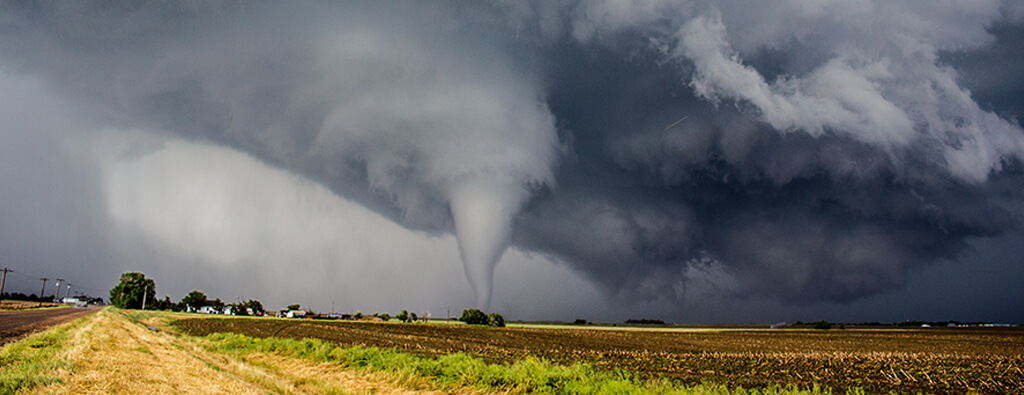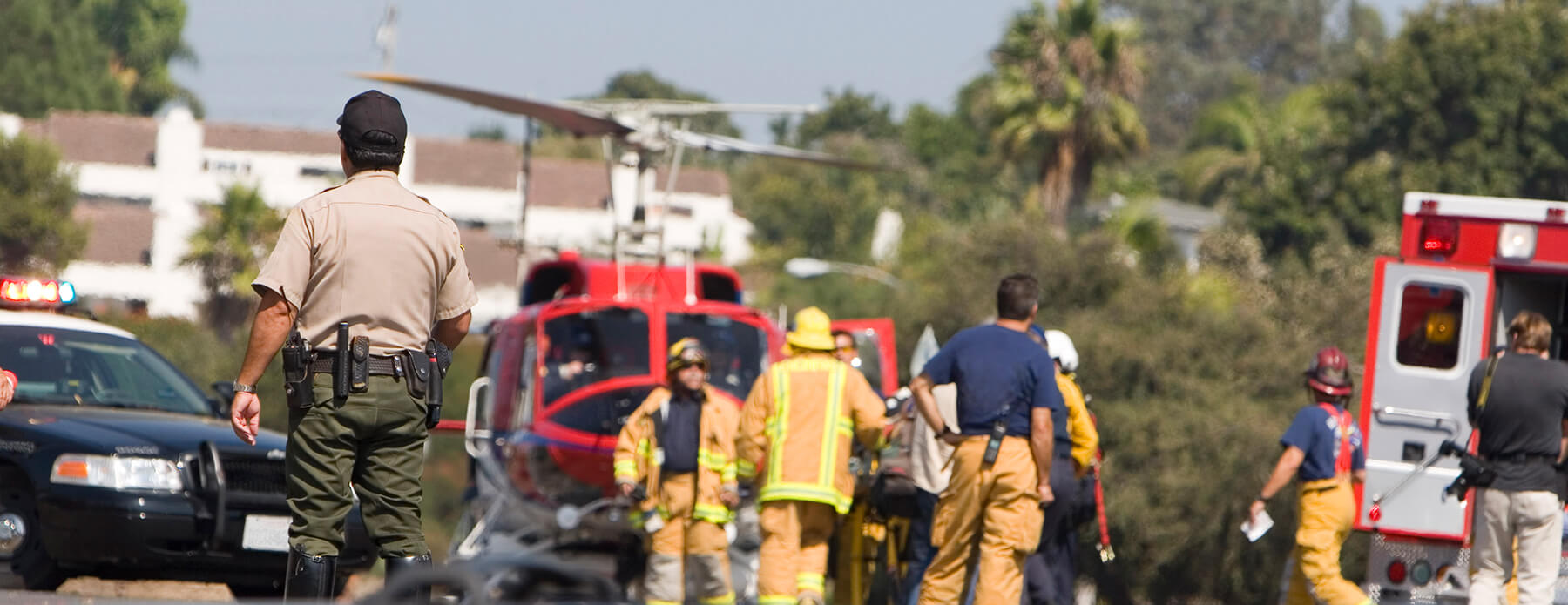Tornado Alley is an area that stretches across the central United States, known for its frequent and severe tornado outbreaks.
This article aims to explore what Tornado Alley is, identify the states that fall within its boundaries, and highlight the implications for weather preparedness and response.
What is Tornado Alley?
Tornado Alley is a region in the United States where tornadoes are the most common. This area is characterized by a unique set of geographical and meteorological conditions that make it prone to severe weather. The term was first coined in 1952 by meteorologists looking into tornado patterns in the central U.S.
This region experiences a high frequency of tornadoes due to the convergence of warm, moist air from the Gulf of Mexico and cool, dry air from the Rocky Mountains. When these air masses meet, they create the perfect conditions for the formation of supercell thunderstorms, which can spawn tornadoes. This weather phenomenon is a key reason why Tornado Alley is closely monitored by meteorologists and emergency management professionals alike.
Exploring the Tornado Alley States
There are a few states that are commonly included in Tornado Alley. These states are notorious for experiencing a high frequency of tornadoes due to their geographical location, which creates ideal conditions for severe thunderstorms.
Below is a list of states that are part of Tornado Alley:
- Texas
- Oklahoma
- Kansas
- Nebraska
- South Dakota
- Iowa
- Missouri
These states experience more tornadoes than any other region in the United States. Texas, for example, holds the record for the most tornadoes annually. According to the National Oceanic and Atmospheric Administration, Texas experienced 83 tornadoes in 2023.
Alaska, on the other hand, a state not in Tornado Alley, experiences the least number of tornadoes, having recorded just four since 1950.
The Science Behind Tornado Formation
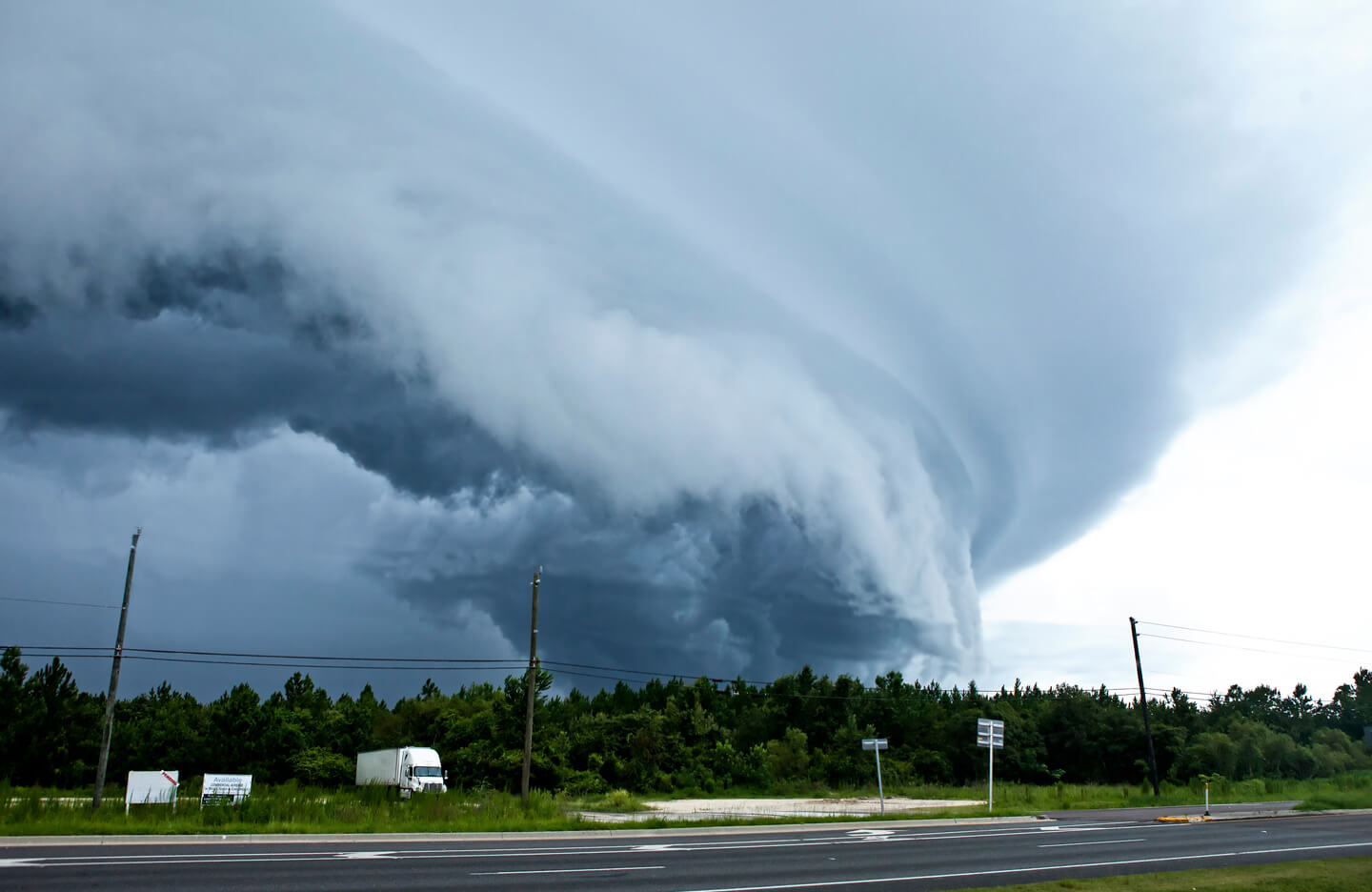
To understand why Tornado Alley is so prone to tornadoes, we should explore the components required for their formation:
- Moisture: Essential for the development of thunderstorms.
- Lift: Usually provided by cold fronts or dry lines.
- Instability: The atmosphere needs to be unstable for thunderstorms to grow.
- Wind Shear: Changes in wind speed and direction with altitude help to create rotating thunderstorms.
These variables occur most frequently in Tornado Alley, especially during spring and early summer when weather fronts are most active.
Supercell Thunderstorms
Supercells are the most severe type of thunderstorms and are responsible for the majority of tornadoes. These storms are characterized by a rotating updraft known as a mesocyclone. When conditions are right, this rotation can tighten and extend downward to produce a tornado. Understanding supercells is crucial for predicting tornadoes and issuing timely warnings.
The National Severe Storms Laboratory (NSSL) conducts extensive research on supercells to improve forecasting accuracy. Their work helps emergency management professionals to better prepare for these extreme weather events.
Historical Significance and Impact of Tornado Alley
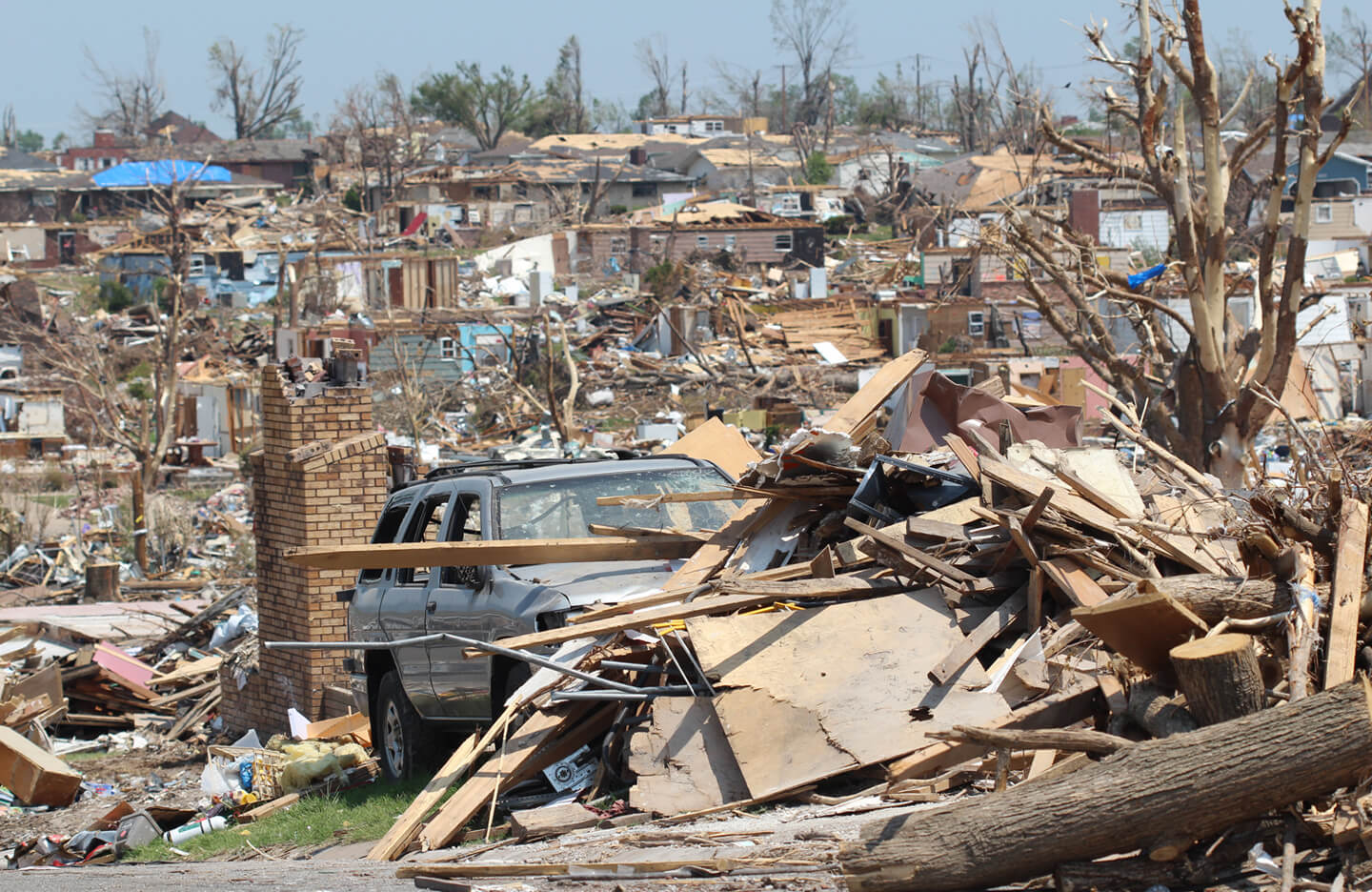
Notable Tornado Outbreaks
Tornado Alley has witnessed some of the most devastating tornado outbreaks in history. For example, the 2011 Joplin, Missouri tornado was one of the deadliest on record. It resulted in 158 fatalities and over $2 billion in damages.
Another significant outbreak occurred in 2013 in Moore, Oklahoma. This powerful tornado caused massive destruction and, unfortunately, led to 24 deaths.
Economic and Social Implications
The frequent tornado activity in Tornado Alley has significant economic and social implications. The cost of damage from tornadoes in this region amounts to billions of dollars annually. In addition to property damage, affected communities also experience an emotional toll. Rebuilding efforts can take years, and the impact on local economies can be long-lasting.
To mitigate these effects, it’s important for communities to have comprehensive emergency plans and access to resources that can aid in recovery efforts.
Preparing for Tornado Season
Warning Systems and Technology
Advancements in technology have significantly improved tornado warning systems. The National Weather Service (NWS) uses Doppler radar to detect rotation within thunderstorms, providing critical lead time for affected areas.
Mobile apps and social media platforms have also become vital tools for disseminating weather alerts. These platforms allow residents to receive real-time updates, allowing them to be aware of and prepare for any imminent threats.
Community Preparedness Against Tornadoes
Community preparedness is a key component of tornado resilience. Emergency management professionals work closely with local governments to develop and implement tornado preparedness plans. These plans often include:
- Public Education Campaigns: Inform residents about the dangers of tornadoes and how to respond.
- Drills and Exercises: Conduct regular tornado drills to ensure that residents know how to seek shelter quickly.
- Shelter Access: Provide an adequate number of tornado shelters for community use.
The Federal Emergency Management Agency (FEMA) also provides resources and funding to support community preparedness initiatives, helping to reduce the loss of life and property during tornado events.
Personal Tornado Preparedness
Individuals and families also play a critical role in tornado preparedness. Creating a family emergency plan and assembling a disaster supply kit can make a significant difference during a tornado. Key elements of a family emergency plan include:
- Designated Safe Space: Identifying a safe location in the home, such as a basement or interior room.
- Communication Plan: Establishing a way to contact family members if separated during a tornado.
- Emergency Kit: Stocking essential items such as water, non-perishable food, flashlights, and a first aid kit.
By taking these steps, individuals can enhance their resilience in the face of tornado threats. Dig deeper into ways to stay safe by exploring our Tornado Resource Center.
The Future of Tornado Research
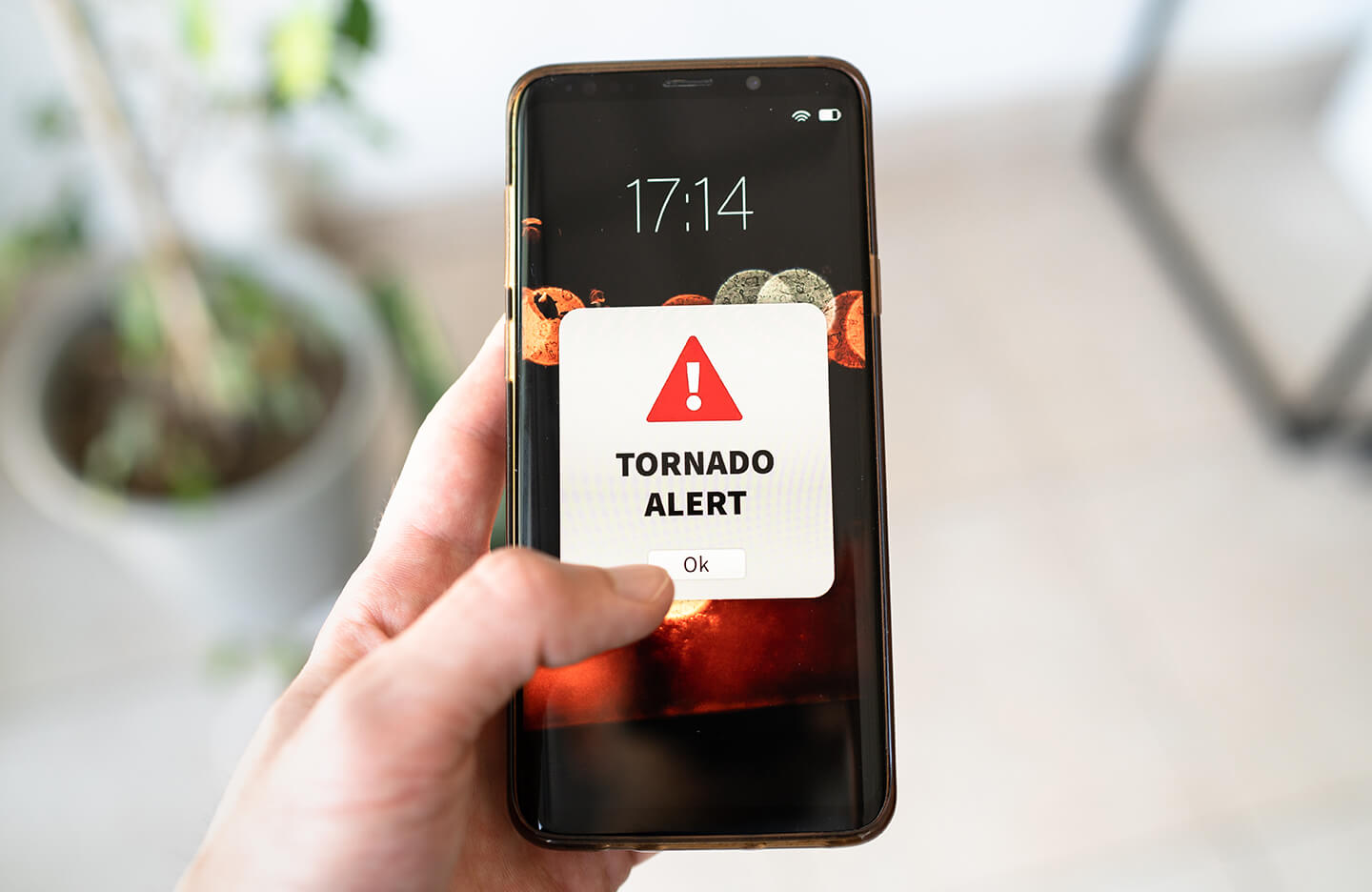
Advances in Tornado Forecasting
Ongoing research and technological advancements continue to improve tornado forecasting. Scientists are exploring new methods for predicting tornado formation, including using machine learning algorithms to analyze vast amounts of weather data.
The development of more advanced radar systems, such as phased-array radar, promises to provide even greater accuracy in detecting tornadoes. These innovations hold the potential to extend warning lead times and further reduce the risk to communities in Tornado Alley.
Collaboration and Innovation
Collaboration between meteorologists, emergency management professionals, and researchers is essential for advancing tornado science. One example of this collaboration and innovation is the VORTEX USA project, which focuses on tornadoes in the southeastern United States.
Started in 2015, the VORTEX USA project explores the influence of environmental factors on tornado dynamics and brings together meteorologists and social scientists for collaboration.
Learning More About Tornado Alley
Tornado Alley is a focal point for tornado activity in the United States, presenting unique challenges and opportunities for individuals, communities, and emergency management professionals.
If you’re interested in learning more about tornado preparedness and the latest research, resources such as the National Weather Service and FEMA offer valuable information and tools.
